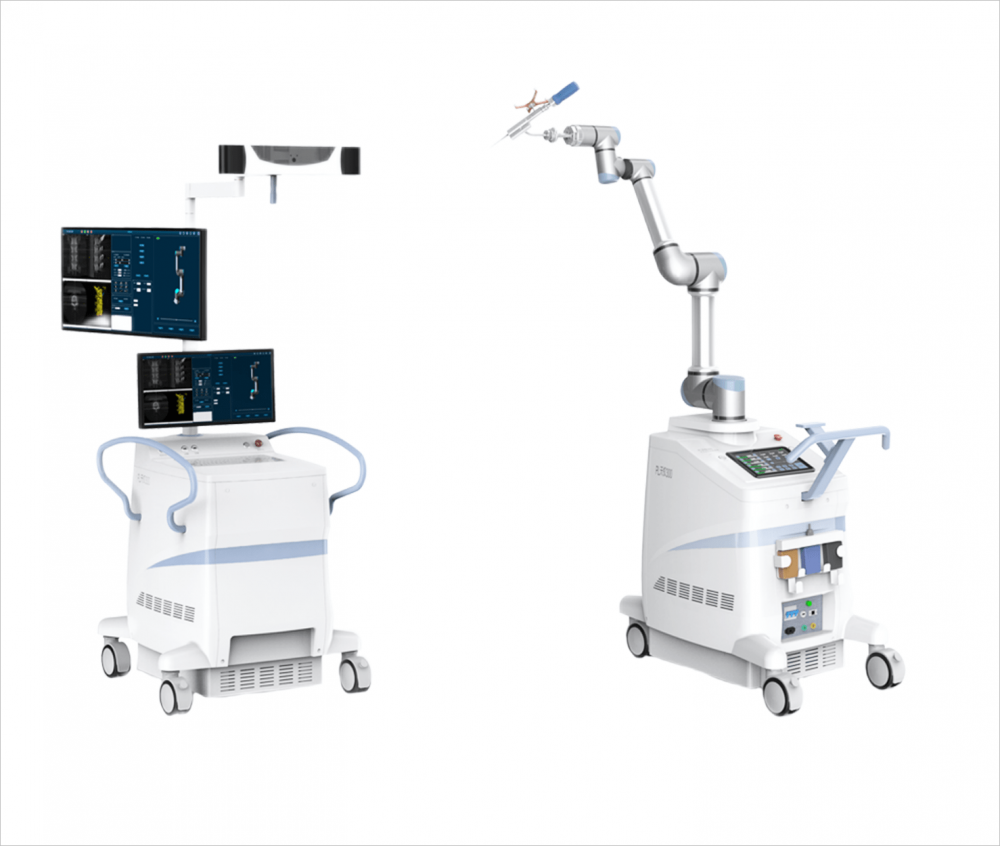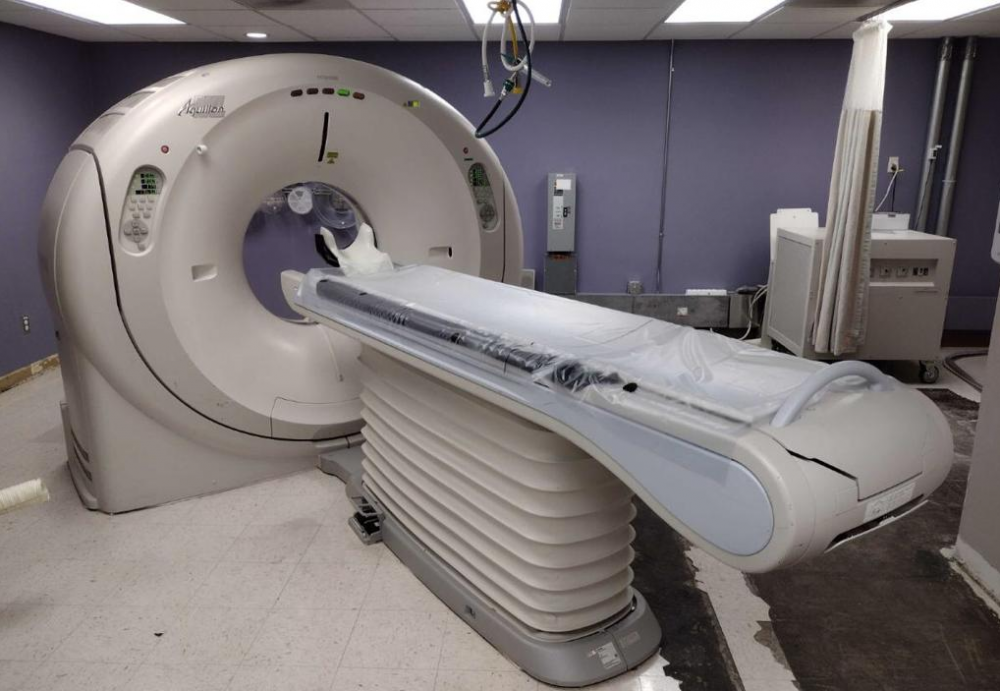-
 惠
Hi there! Welcome to my shop. Let me know if you have any questions.
惠
Hi there! Welcome to my shop. Let me know if you have any questions.
Your message has exceeded the limit.

The Critical Role of Planetary Gearboxes in Advancing Medical Devices
2025-08-04 15:15:19
Precision Engineering for Enhanced Patient Care
Introduction
In the rapidly evolving field of medical technology, planetary gearboxes have emerged as a cornerstone of precision engineering, enabling breakthroughs in surgical robotics, diagnostic imaging, and patient care automation. This article explores how high-precision planetary gear systems enhance medical device performance, examines their role in next-generation healthcare solutions, and provides key insights for medical device manufacturers selecting the right gearbox technology.
1. How Planetary Gearboxes Improve Medical Device Functionality & Reliability
Enhancing Precision in Surgical Robotics
Planetary gear reducers are integral to robot-assisted surgical systems, such as the da Vinci Surgical System, where they provide:
Sub-micron positioning accuracy for delicate incisions and suturing
Smooth torque transmission with near-zero backlash to prevent jerky movements
Compact, high torque density for minimally invasive robotic arms
Optimizing Medical Imaging Equipment

In MRI machines, CT scanners, and X-ray systems, planetary gearboxes ensure:
Vibration-free rotation of heavy gantries for clear image capture
Precise angular control in C-arms and patient positioning systems
Long-term reliability with medical-grade lubrication for continuous operation
Case Study: Prosthetics & Exoskeletons
Advanced bionic limbs and rehabilitation exoskeletons use low-backlash planetary gears to:
Mimic natural joint movements with adaptive torque control
Support AI-driven gait analysis for personalized physical therapy
2. The Future of MedTech: Why Planetary Gearboxes Are Essential for Next-Gen Healthcare
Key Trends Driving Adoption
Telemedicine & Remote Surgery: Robotic systems with high-response planetary gear motors enable surgeons to operate remotely with haptic feedback.
AI-Powered Diagnostics: Automated lab equipment relies on precision gear reducers for consistent sample handling.
Wearable Medical Devices: Compact planetary gear systems enhance insulin pumps and smart inhalers.
Innovation Spotlight: Micro-Surgical Robots
Emerging nanoscale surgical bots use miniature planetary gearboxes (under 10mm) for:
Ophthalmic surgery (e.g., retinal vein cannulation)
Neurosurgery (e.g., tremor-free electrode placement)

3. Planetary Gearbox Design: What Medical Device Manufacturers Must Know
Critical Design Considerations
Factor Medical Industry Requirement
Backlash <1 arcmin for surgical robotics
Material Stainless steel (ISO 5832-1) or ceramic-coated components
Sterilization Autoclavable or gamma-ray-resistant housings
Noise Level <45 dB for patient comfort
Certification ISO 13485, FDA Class II/III compliance
Selection Best Practices
Load Analysis: Calculate peak torque in prosthetic knee joints or imaging system rotors.
Cleanroom Compatibility: Opt for sealed, lubricant-free designs for IVD (In Vitro Diagnostic) equipment.
Lifecycle Testing: Simulate 10+ years of sterilization cycles and high-duty operation.

Real-World Example: Ventilator Motor Drives
During COVID-19, medical-grade planetary gearboxes ensured reliable flow control in ventilators by:
Maintaining precise RPM under variable air resistance
Withstanding 24/7 operation without lubrication breakdown
Conclusion: Planetary Gearboxes as Catalysts for Medical Innovation
From robot-assisted surgery to portable dialysis machines, planetary gear systems are redefining healthcare standards through:
✔ Unmatched precision for life-critical applications
✔ Miniaturization enabling less invasive treatments
✔ Smart integration with AI and IoT-based MedTech
Tags: planetary reducer, reducer motor, reducer gearbox


